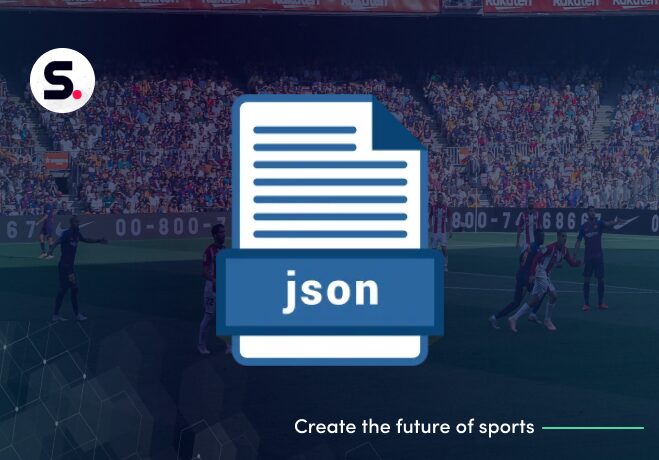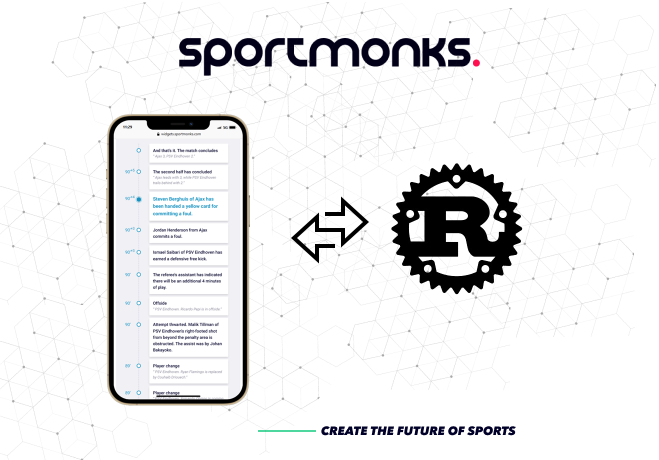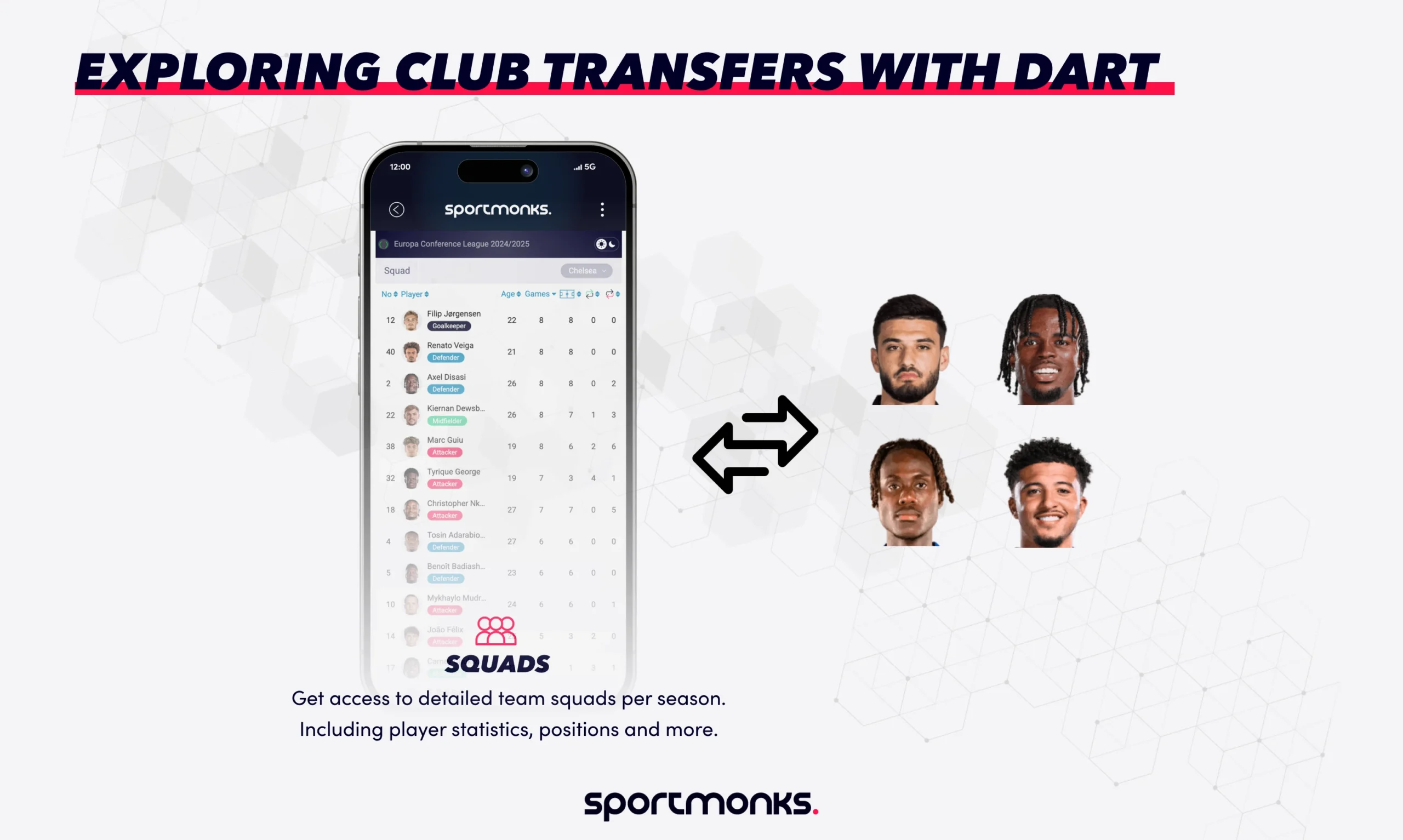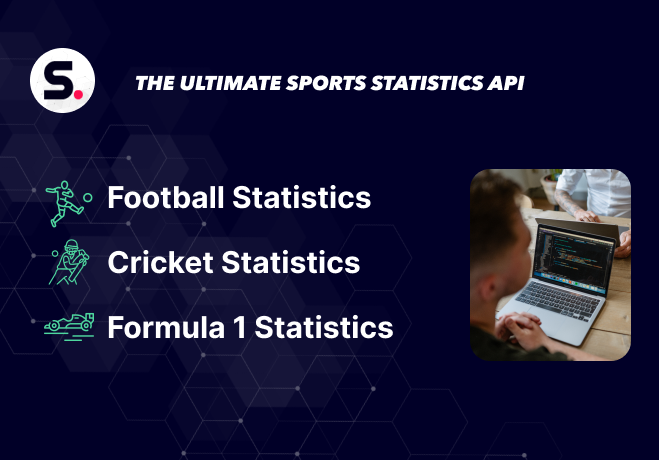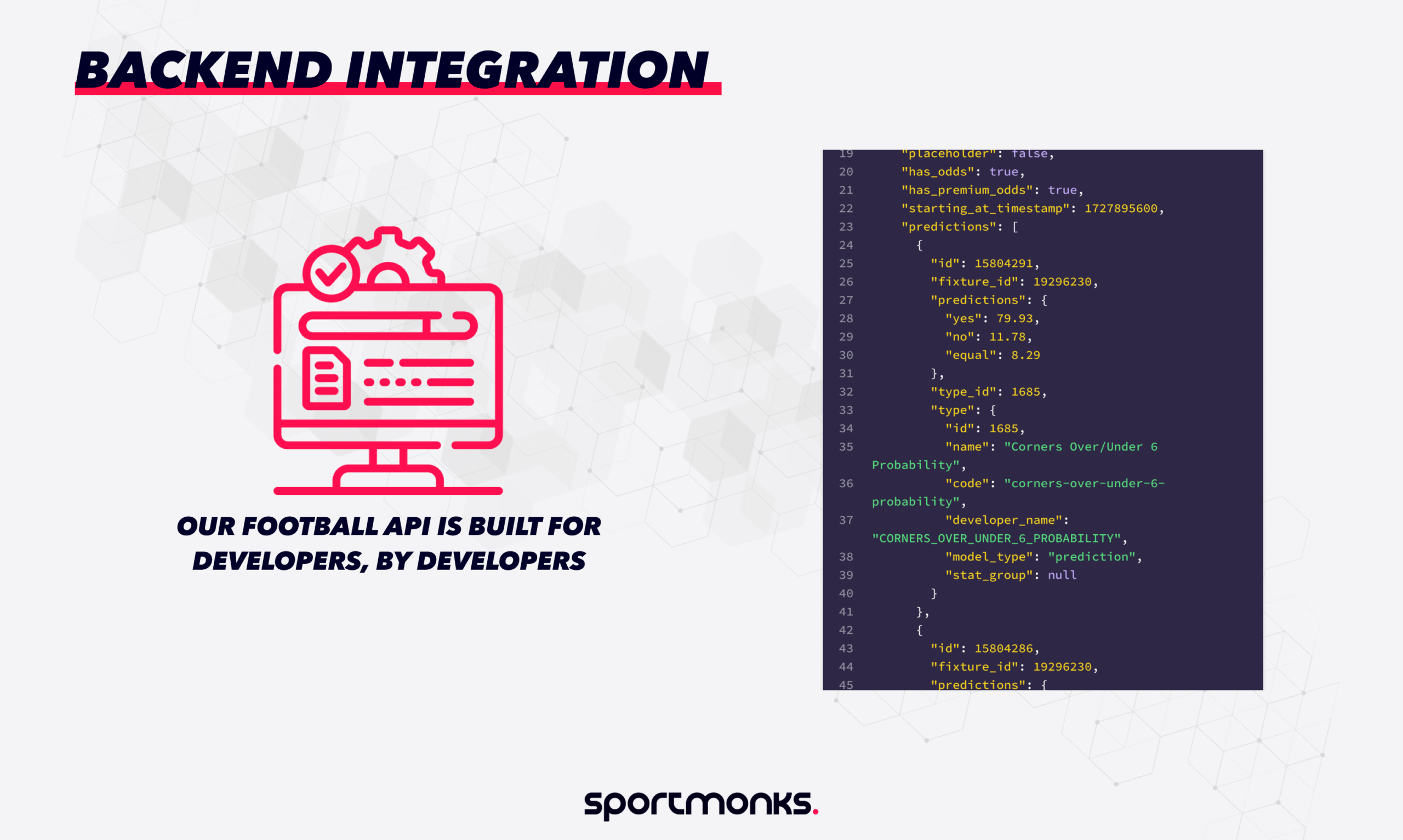
Contents
What is backend integration?
Backend integration is the process of connecting various behind-the-scenes components of a software system. This typically involves linking databases, servers, application logic, and APIs from other services to ensure they function together seamlessly. The primary goal is to enable smooth data handling, efficient execution of core tasks, and the proper delivery of features that users interact with on the frontend.
Important parts of backend integration
Backend integration has several important parts that help connect different backend systems. Here are the key components explained simply:
APIs (Application Programming Interfaces)
APIs are tools that allow different software systems to communicate clearly. They define how systems request information, exchange data (like JSON or XML), and what responses to expect.
Databases
Databases store important information for systems. Backend integration involves connecting to different types of databases (such as relational or NoSQL) to manage and share data effectively.
Servers and application logic
Servers hold the main logic of an application and manage requests from users or other services. Backend integration makes sure different servers and parts of the application can communicate and work together smoothly and without failure.
Middleware
Middleware is a middle layer between different systems, helping them communicate and exchange information. It manages tasks like message handling, data conversion, and security (i.e., validation before action).
Integration platforms (iPaaS)
iPaaS provides cloud-based tools that make it easier to connect different applications and data sources. These platforms usually include ready-made connectors and simple visual tools for setting up integrations. An example of a software example is Zapier.
Message queues
Message queues allow different system parts to communicate without needing an immediate response. Components can send messages into a queue, letting other parts handle these messages when ready. This improves reliability and scalability. RabbitMQ is a company that handles this well.
Data transformation tools
These tools convert data from one format to another, ensuring that different systems can easily understand and process the information exchanged. Denodo helps with this.
Connectors and adapters
Connectors and adapters are special software parts designed to handle communication with specific databases, services, or applications. They simplify dealing with technical differences between systems.
Common ways to do backend integration
Different methods and tools help achieve backend integration, each with its advantages:
RESTful APIs
RESTful APIs use standard HTTP methods (like GET, POST, PUT, DELETE) to manage data identified by URLs. They are simple, easy to scale, and widely used to connect web applications. Sportmonks, for instance, uses REST to supply the best football data to clients via its API.
SOAP
SOAP is an older method that exchanges messages using XML and often requires strict rules defined by a WSDL (Web Services Description Language). It’s more complex and less commonly used today.
Message queuing systems
These systems handle communication between services by sending and receiving messages without immediate responses. This makes systems reliable, scalable, and capable of managing large amounts of data. A tool like Apache Kafka is used to handle queueing and streaming especially as the system scales.
Enterprise service bus (ESB)
ESB is a central middleware used in large organisations. It manages message routing, data transformation, and translating different communication protocols between systems.
GraphQL
GraphQL allows users to request exactly the data they need from an API. This avoids unnecessary data transfers and makes integration simpler by providing one access point for different data types.
Database integration
This involves direct connections or data replication methods between databases, allowing different backend systems to share data effectively.
File transfer protocols (FTP, SFTP)
Sometimes integration involves regularly scheduled or triggered file transfers containing data between systems.
gRPC
gRPC is a modern, high-performance tool for communication between services, using Protocol Buffers to clearly define interfaces. It’s increasingly used for microservices and efficient interactions between systems.
Serverless functions (AWS Lambda, Azure Functions)
Serverless functions allow you to create simple integration logic that activates based on specific events. They provide an affordable, scalable way to connect backend systems without managing servers as they run mostly when called.
Benefits of good backend integration
When backend systems are well connected, both the software and the organisation using it gain many benefits:
More reliable data
Good integration keeps data up to date and consistent across different systems. This helps avoid errors caused by old or mismatched information and makes reports and insights more accurate.
Better efficiency and automation
Connecting systems allows businesses to automate tasks, reduce manual work, and simplify workflows. This saves time, cuts costs, and lets staff focus on more important work.
Easier to adapt and grow
Integrated systems are more flexible. It’s easier to add new tools or update old ones without causing major problems, helping businesses respond faster to changes.
Smarter decisions
When all systems share the same data, decision-makers get a clearer picture. This helps them make better choices by combining information from different sources.
Improved user experience
Backend integration helps frontend systems (what users see) run faster and smoother. This means quicker loading times and better responses for users.
Better performance and scalability
Integrated systems can handle more users and data more easily. They can balance loads between components and perform better under pressure.
Lower development costs and faster setup
Using existing tools and APIs for integration saves time and money. Instead of building everything from scratch, developers can use ready-made solutions to connect systems quickly.
More innovation
When systems work well together, it’s easier to try new things. Businesses can use features from different services to build new tools and offer more to users.
Things to keep in mind with backend integration
Even though backend integration has many benefits, it also comes with some challenges. Here are the main ones to be aware of:
Complex existing systems
Older systems may use outdated technology, be poorly documented, or have complicated setups. Connecting to them can be difficult and may require special skills and extra time.
Different data formats
Backend systems often store data in different formats, types and structures. Making this data consistent so systems can understand each other can be tricky and may lead to errors.
Security risks
Linking multiple systems can create new security risks. It’s important to use secure connections, proper auth controls, and data encryption to keep sensitive information safe.
Performance issues
If integration is not done well, it can slow down the system—especially when dealing with large amounts of data or real-time updates. It’s important to make sure data moves efficiently to keep systems fast and responsive.
Keeping systems compatible
Systems change over time, and updates can cause integration problems. It’s important to manage versions and changes carefully to avoid breakages.
Costs
Backend integration can be expensive. Costs can include development time, software tools, and ongoing maintenance. Planning ahead and weighing costs against benefits is key.
Scaling problems
As systems grow, the integration needs to handle more data and users. Designing the integration with future growth in mind helps avoid problems later.
No common standards
Many systems use different data formats and communication methods. Without common standards, custom solutions may be needed to connect them.
Harder to monitor and fix problems
Once systems are connected, tracking issues becomes harder. Good logging and monitoring tools are needed to detect and solve problems quickly.
Team coordination
Backend systems are often managed by different teams. Successful integration depends on good communication and teamwork, which can be difficult in organisations with separate departments.
Backend integration in different areas
Backend integration is used in many areas of software development. Each area has its own needs and ways of connecting systems:
Web development
In web development, backend integration connects the part of the site users see (the frontend) with the parts they don’t (servers, databases, and third-party services). This lets websites show data, handle user actions, and run business tasks. RESTful APIs are often used for this.
Mobile apps
Mobile apps need backend integration to get data, check user logins, and perform server-side tasks. They usually use APIs to send and receive data, helping provide a smooth experience on different devices.
Enterprise systems
Big companies often use many systems like CRM (for customer info), ERP (for business processes), and older legacy software. Backend integration helps these systems share data, automate tasks, and give a complete view of the business. Tools like ESBs, iPaaS platforms, and message queues are commonly used.
Microservices
In microservices, apps are split into small, separate parts that talk to each other. Integration makes sure these services can share data quickly and reliably, often using tools like REST or gRPC and systems for finding services.
Data warehousing and business intelligence
Data from different systems is brought together into one place (a data warehouse) to support reporting and analysis. This process involves extracting, changing, and loading data (ETL) into a single format for easy use.
Internet of things (IoT)
IoT solutions collect data from many devices and send it to backend systems for storage, processing, and analysis. Integration here needs to handle lots of data quickly and keep communication safe and reliable.
Bring Sportmonks data into your app, effortlessly
Ready to level up your app with top-tier football data? Sportmonks API makes it simple. With just a few steps, you can integrate match stats, player info, and team performance into your app. No complex setups, just fast and reliable data that brings your project to life. Start today and unlock the power of Sportmonks.
